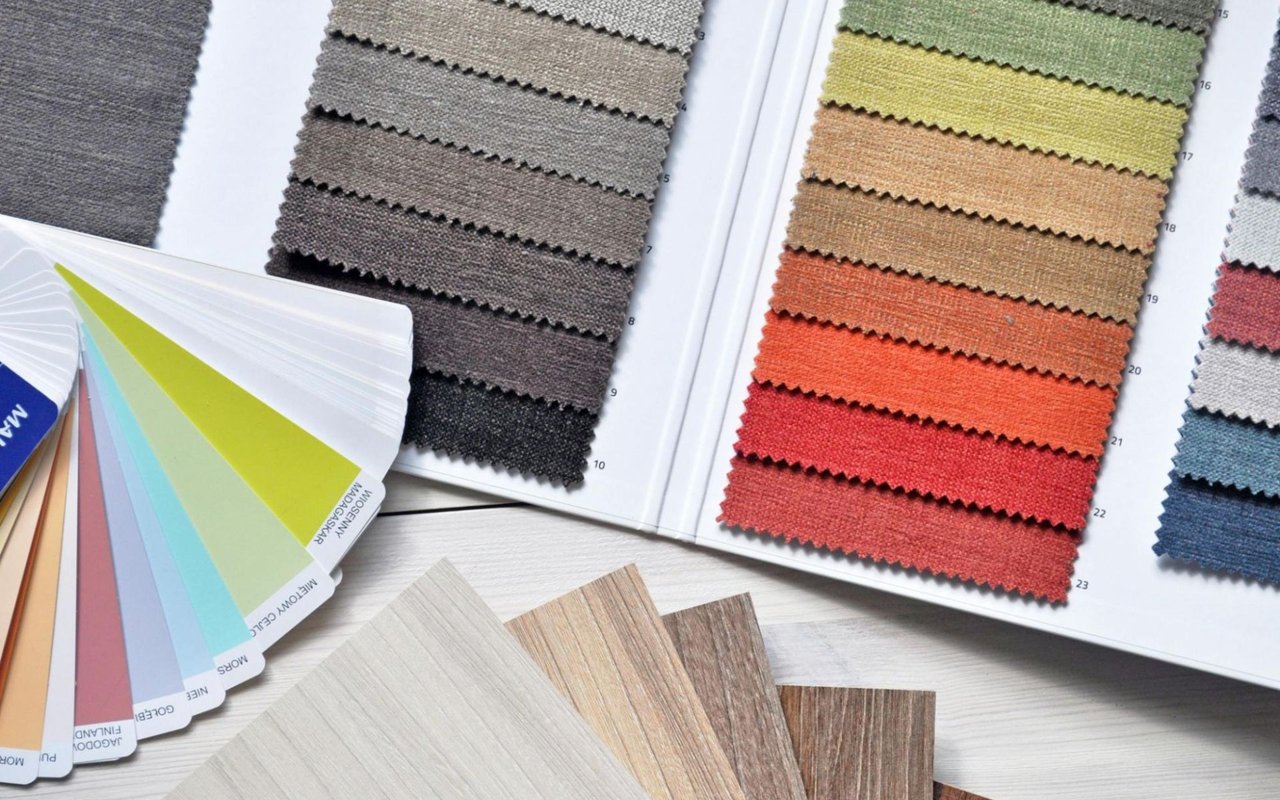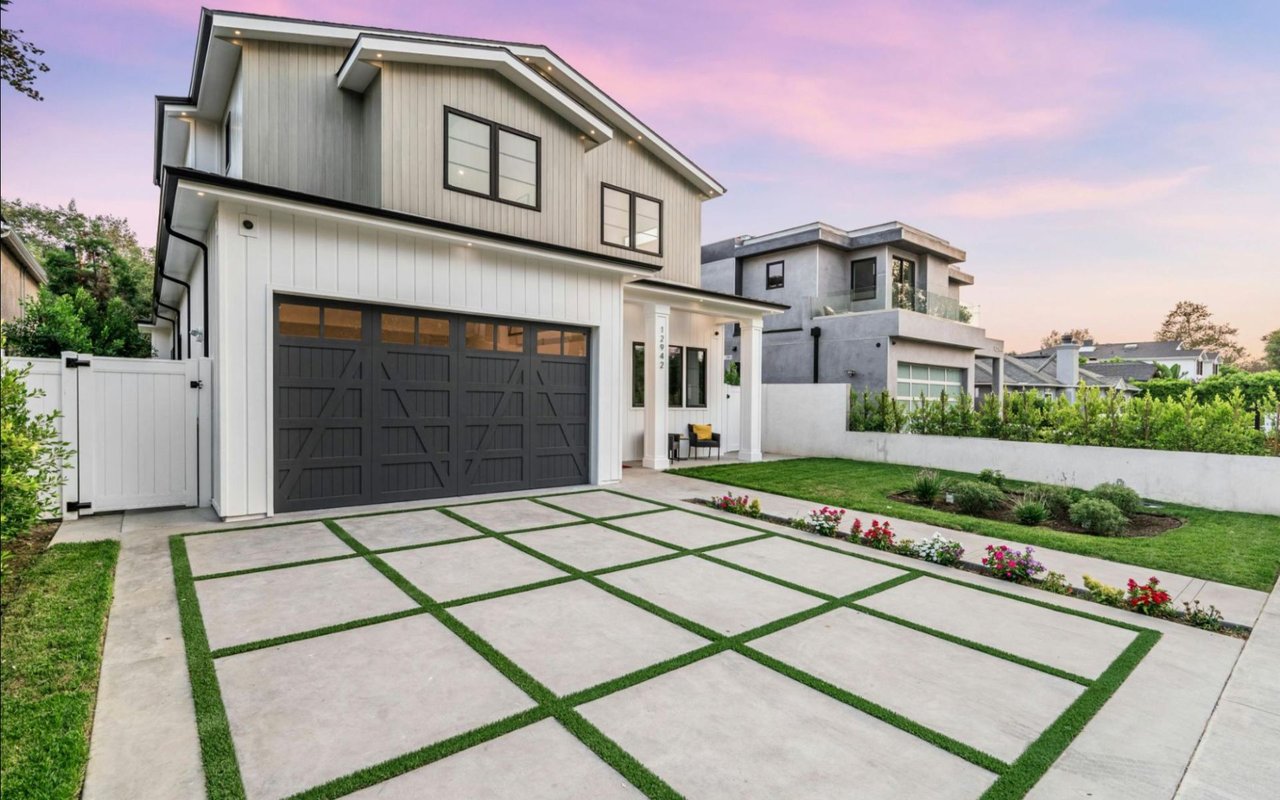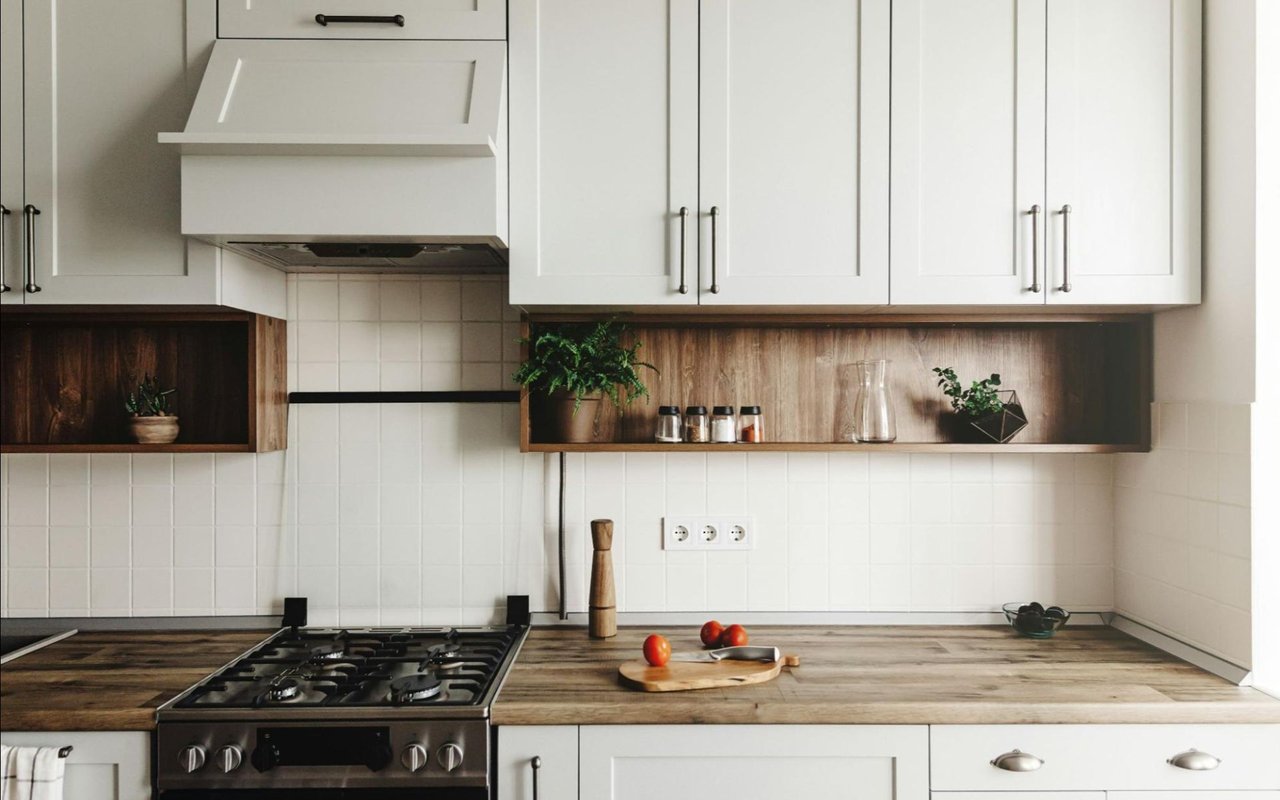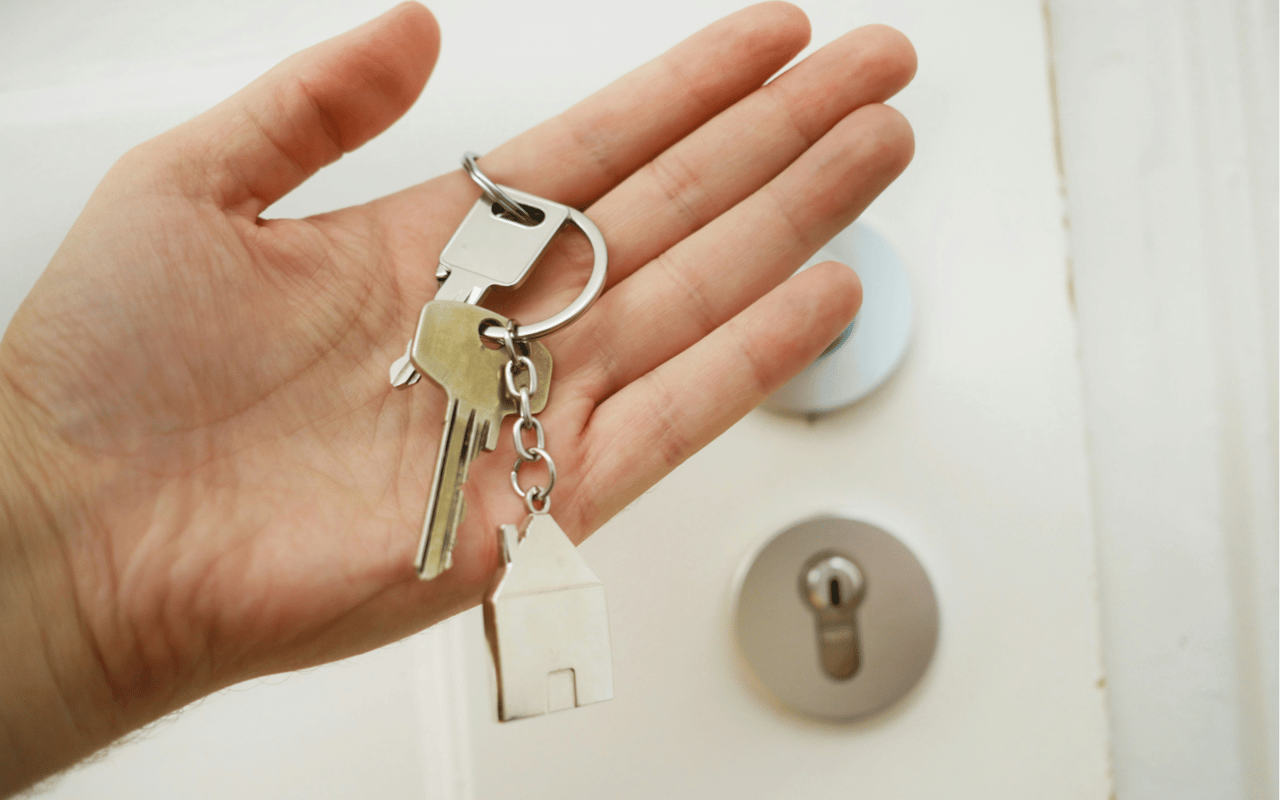Flipping houses in Minneapolis can be a profitable venture for investors who understand the local market, renovation costs, and buyer demand. With a strong economy and a steady demand for housing, Minneapolis real estate offers promising opportunities for those looking to buy, renovate, and resell homes for a profit. However, success in this market requires careful planning, market knowledge, and strategic decision-making.
The State of the Minneapolis Real Estate Market
Before diving into house flipping, it's essential to understand the current real estate trends in Minneapolis. The local market has remained competitive, with steady home appreciation rates and strong buyer interest. Minneapolis home values have been rising in recent years, and while interest rates and economic conditions fluctuate, the demand for updated, move-in-ready homes remains high.
According to recent housing data, the median home price in Minneapolis is approximately $350,000 as of early 2025. The city’s housing market offers a mix of historic homes, mid-century properties, and newer developments, providing diverse opportunities for investors.
For those considering flipping houses in Minneapolis, targeting areas with rising property values and buyer interest is key. It’s also essential to factor in renovation costs, permit requirements, and local buyer preferences to maximize returns.
Best Neighborhoods for Flips
Not all areas in the city are equally suited for house flipping. Investors should focus on neighborhoods with increasing home values, strong buyer demand, and properties that can be purchased below market value. Here are some of the best areas to look at in Minneapolis:
Northeast Minneapolis
Known for its thriving arts scene and historic charm, Northeast Minneapolis has become a highly desirable location for homebuyers. Older homes in this area often need renovations, making it a prime market for flippers who can modernize interiors while maintaining character.
Powderhorn
This vibrant neighborhood features classic Minneapolis bungalows and early 20th-century homes. Many properties here require updates, offering opportunities for investors to create move-in-ready homes that attract young professionals and families.
Longfellow
With tree-lined streets and easy access to the Mississippi River, Longfellow is a sought-after area for buyers looking for a mix of charm and convenience. Renovated homes in this neighborhood tend to sell quickly, making it a favorable spot for house flippers.
North Loop
For those interested in high-end flips, North Loop presents opportunities to renovate loft-style condos and historic warehouses into luxury living spaces. The demand for modern, stylish homes in this area continues to grow, making it ideal for higher-budget flips.
Understanding the Costs
Flipping houses requires careful financial planning. Investors should account for acquisition costs, renovation expenses, permit fees, and carrying costs such as property taxes and utilities. On average, successful house flips in Minneapolis require an investment of $50,000 to $150,000 in renovations, depending on the property's condition.
Key Cost Considerations:
- Purchase Price: Finding undervalued properties is crucial for profitability. Foreclosures, short sales, and fixer-uppers are often the best deals. Working with a knowledgeable real estate team like Roost Real Estate can help identify properties with strong appreciation potential.
- Renovation Costs: Budgeting for kitchen upgrades, bathroom remodels, flooring, and structural repairs is essential. Unexpected repairs, such as electrical or plumbing issues, can quickly add to the overall cost, so a contingency budget is recommended.
- Permit Fees: Minneapolis has specific permit requirements for electrical, plumbing, and major structural changes. Failing to obtain proper permits can result in fines, delays, or difficulties when selling.
- Holding Costs: Property taxes, utilities, and insurance can add up during the renovation period. The longer a property sits unsold, the more these costs accumulate, impacting overall profitability.
- Selling Costs: Real estate agent commissions, staging, and closing costs should be factored into the final budget. Strategic pricing and professional marketing can help minimize time on the market and maximize profits.
Navigating Minneapolis Permit Requirements
A successful flip involves adhering to the city's permit and inspection processes. Before starting renovations, investors must ensure they have the necessary permits for work, such as electrical updates, plumbing changes, structural modifications, and additions.
The Minneapolis Development Review office oversees building permits and zoning regulations. Investors should be prepared for inspections at various renovation stages to ensure compliance with city codes.
Finding the Right Properties for Flipping
Successful house flippers know how to find properties with high profit potential. In Minneapolis, the best deals are often found through:
- Foreclosures and Bank-Owned Properties: These homes can be purchased below market value, providing strong profit margins after renovations.
- Estate Sales: Older homes sold as part of an estate often require updates, making them ideal for flipping.
- Auction Properties: Real estate auctions can offer significant discounts but require quick decision-making and cash offers.
- Off-Market Deals: Working with a local real estate agent can help investors find exclusive, off-market opportunities.
Maximizing Profits When Flipping Houses in Minneapolis
To increase profit margins, house flippers must focus on strategic renovations that add the most value. High-return upgrades include:
- Kitchen Remodels: Modern, functional kitchens with updated cabinetry, countertops, and appliances attract buyers. A well-designed kitchen can serve as the focal point of a home, making it a key selling feature.
- Bathroom Upgrades: New fixtures, tile work, and vanities can significantly increase a home's appeal. Adding features like dual sinks, walk-in showers, and stylish lighting can further enhance buyer interest.
- Curb Appeal Enhancements: Exterior improvements like fresh paint, new landscaping, and modern front doors create strong first impressions. Simple upgrades such as new house numbers, outdoor lighting, and a well-maintained lawn can boost a property's perceived value.
- Open-Concept Layouts: Removing non-structural walls to create open living spaces can increase a home's value and marketability. This type of renovation can make a home feel larger and more inviting, appealing to modern homebuyers who prefer spacious layouts.
Additionally, staging the property before listing can help it sell faster and at a higher price. Minneapolis buyers often seek move-in-ready homes with contemporary designs, so keeping renovations neutral and stylish is a smart strategy.
Partner with BJ LaVelle and Roost Real Estate
Flipping houses in Minneapolis can be a rewarding investment with the right strategy and local expertise. Whether you're searching for the perfect property, need insights on market trends, or want to maximize your return, BJ LaVelle and the team at Roost Real Estate are here to help. Reach out today to start your next successful flip with a team that knows the Minneapolis market inside and out.




